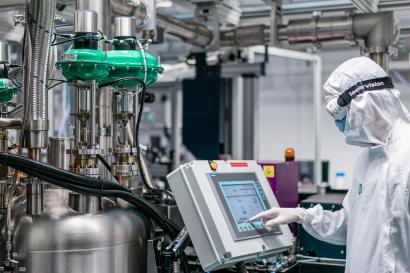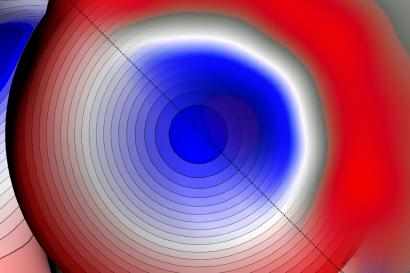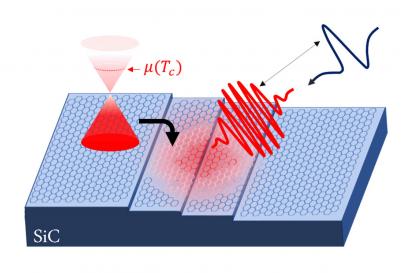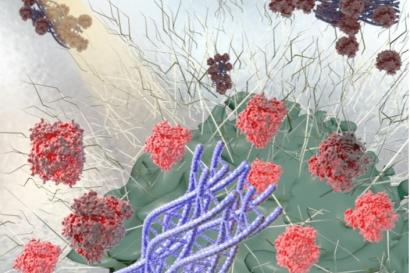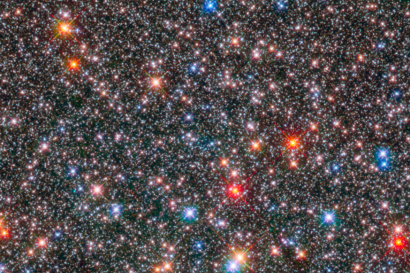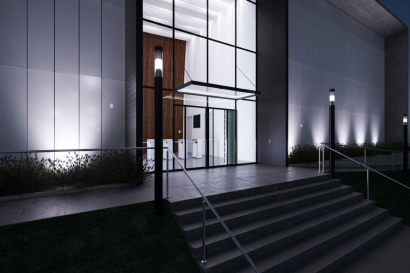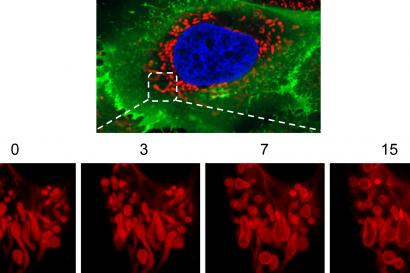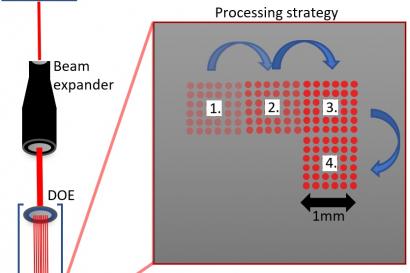Third world record on the BIVOJ laser system
We are happy to announce that the BIVOJ laser system is once again a record holder in its performance class. This is BIVOJ's second world record this year and the third overall. Earlier this month the high energy output from BIVOJ was converted (via second harmonic frequency conversion) to 515 nm wavelength pulses with an energy of more than 68 J at a repetition rate of 10 Hz, which at the time of writing is the world's highest average power in the category of high energy (>1 J), high average power lasers.
